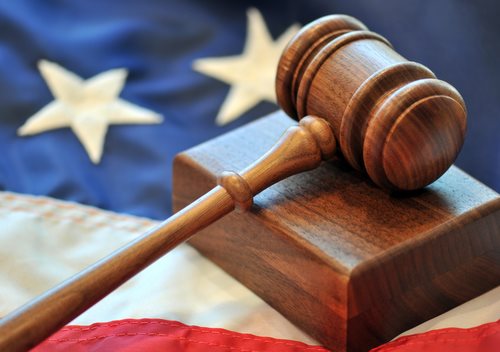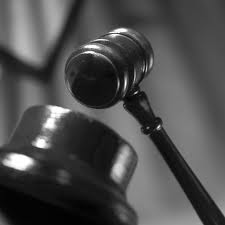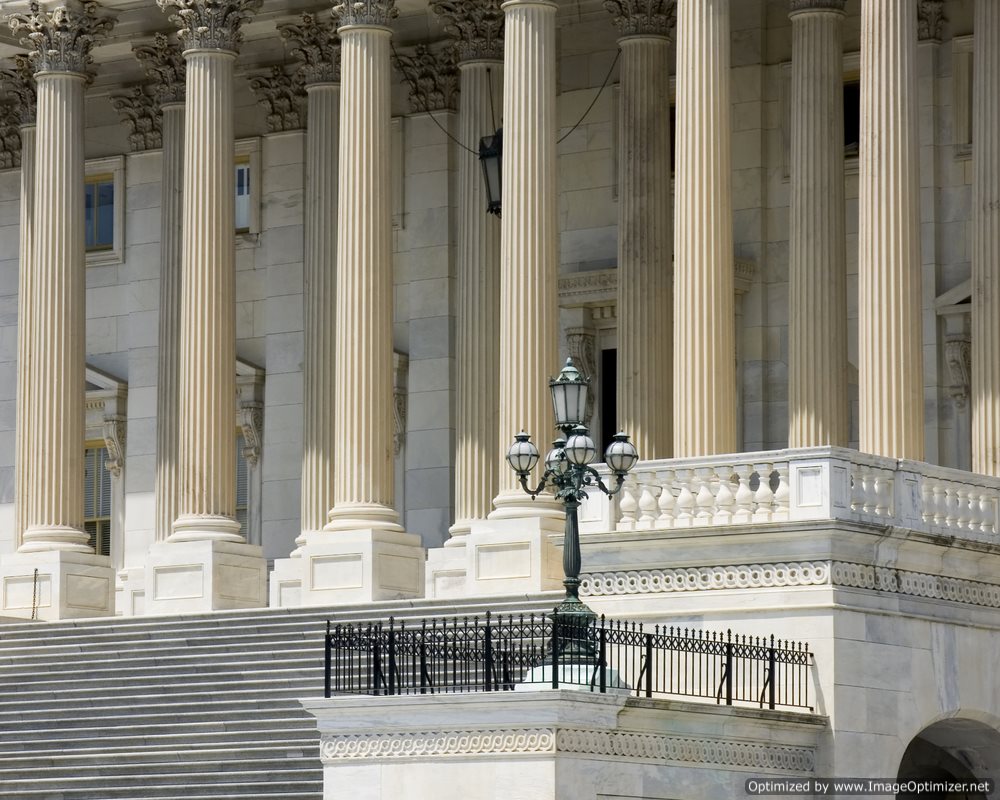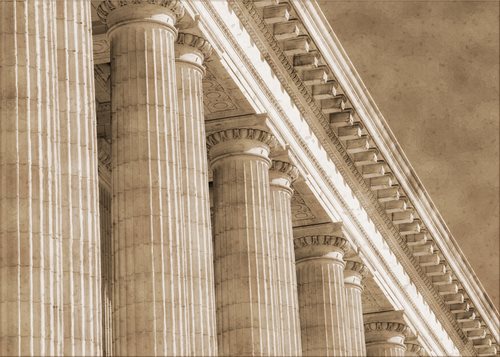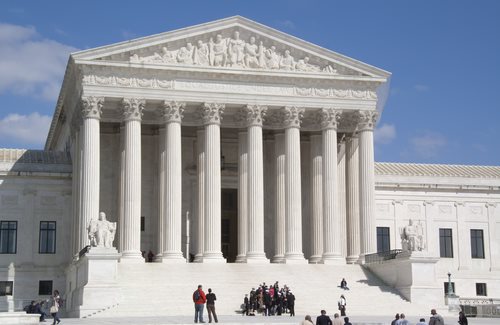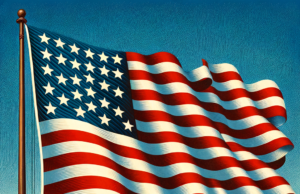DC v Heller
 The Background of DC v Heller:
The Background of DC v Heller:
DC v. Heller was a landmark legal case in which the Supreme Court of the United States ruled that the Second Amendment to the United States Constitution does indeed protect an individual’s right to possess a firearm for private matters and use within the home in federal enclaves.
The decision rendered by the United States Supreme Court in DC v. Heller ruled did not effectively address the question of whether or not the Second Amendment to the United States Constitution extends beyond federal enclaves to each individual state. That being said, DC v. Heller, was the first case in the United States Supreme Court to decide whether the Second Amendment protects an individual’s right to keep and bear arms for self-defense.
On June 26th of 2008, the Supreme Court of the United States affirmed the lower court’s (The court of Appeals for the D.C. Circuit) decision in Parker v. District of Columbia. The lower court had previously struck down provisions instituted by the Firearms Control Regulations Act of 1975 as unconstitutional by determining that handguns are firearms used for the purposes latent in the Second Amendment and that the District of Columbia’s regulations act was thus an unconstitutional banning. In addition, the courts struck down the portion of the regulations act which required all firearms (including rifles and shotguns) to be kept unloaded or bound by a trigger lock. Prior to this ruling, the Firearms Control Regulation Act of 1975 also placed a ban on residents from owning handguns, save for those registered prior to the passing of the act.
The Case Profile of DC v Heller:
The following is a case profile of the legal trial eponymously titled ‘DC v Heller’:
Date of the Trial: DC v. Heller was argued on March 18, 2008
Legal Classification: Administrative Law; this legal field associated with events and circumstances in which the Federal Government of the United States engages its citizens, including the administration of government programs, the creation of agencies, and the establishment of a legal, regulatory federal standard
United States Reports Case Number: 554 U.S. 570
Date of the Delivery of the Verdict: DC v. Heller was decided on June 26, 2008
Legal Venue of DC v Heller: The United States Supreme Court
Judicial Officer Responsible for Ruling: Chief Justice
Verdict Delivered: The United States Supreme Court in DC v. Heller found that certain provisions of the Firearms Control Regulations Act of 1975 directly infringed on an individual’s right to bear firearms as protected in the Second Amendment to the United States Constitution.



